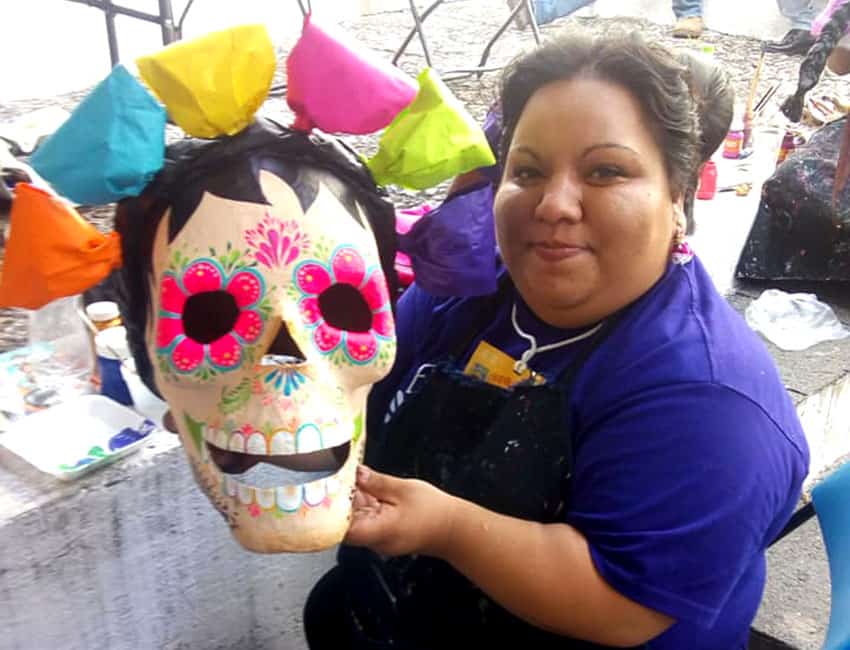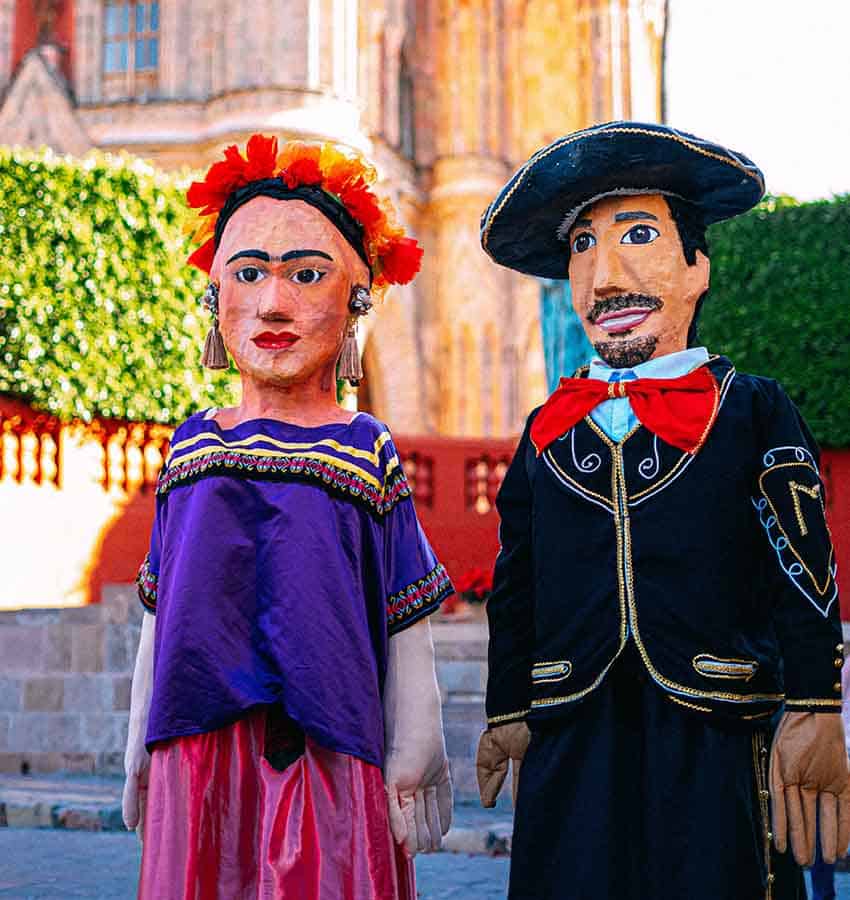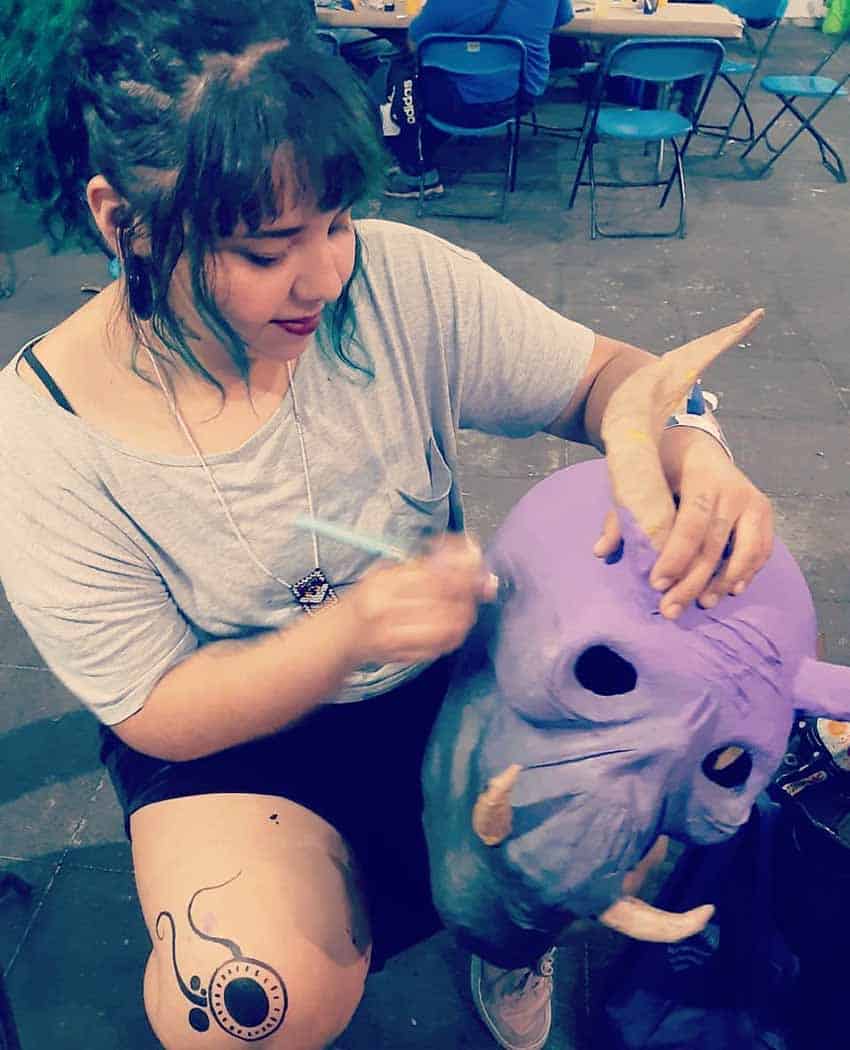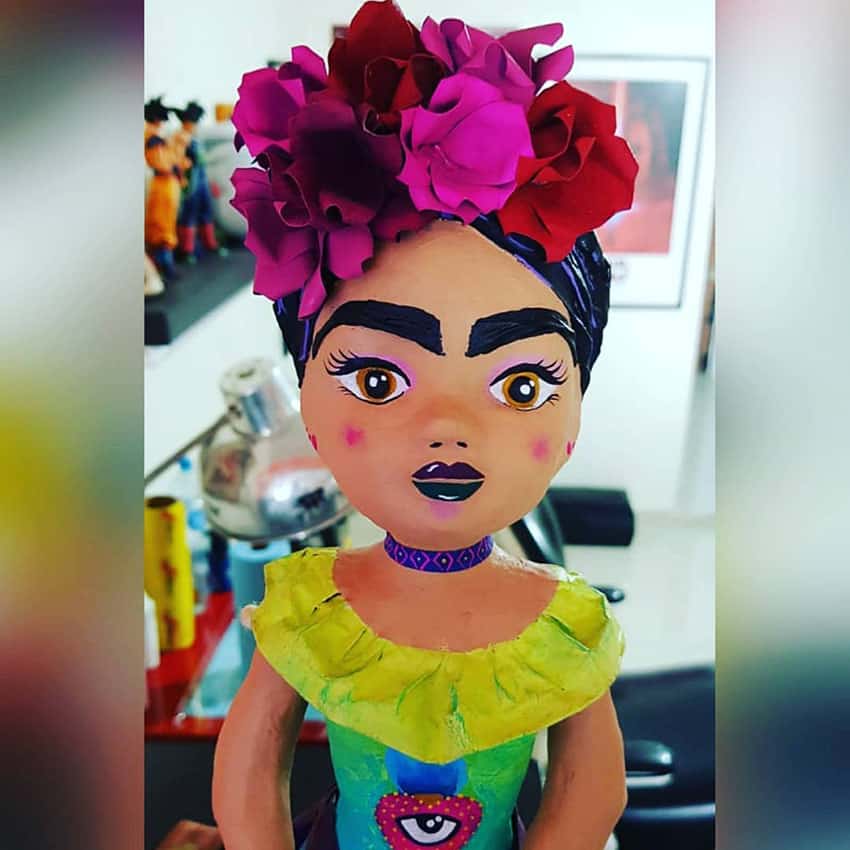Although the piñata is famous, there are still elements about it and the people who make them that are unfamiliar.
Enter the streaming giant Netflix, with the aim of promoting this aspect of Mexican culture, but with a very U.S. twist: a reality-TV competition pitting seven pairs of piñata makers from all over Mexico against each other for a million-peso prize.
In English, the show is called “Piñata Masters,” debuting on Netflix on December 23. It offers a 1-million-peso prize for the best and most creative piñata making. The Spanish-language version is called “Dale, Dale, Dale” after the first words in the song of encouragement spectators at a party sing when it’s someone’s turn to hit the piñata.
The piñata is the best-known papier mache object made in Mexico, with makers found everywhere in the country. Although originally developed for the Christmas season, their later association with birthdays has created a huge market spawning piñatas in many sizes, shapes and colors.

The show invited piñata makers from places such as Guadalajara, Mexicali and Michoacán, but one all-female team from the state of Guanajuato — Rosa María Lemus Méndez and Brittani Yari Walker Morales — stand out for several reasons.
First of all, they were the all-female pairing. Walker says the dynamics of their team was a little different.
“It was a lot of fun because we didn’t focus so much on the competition but rather how people reacted to our work… and those reactions made me very happy.”
Secondly, the fact that they both come from Guanajuato, which has unique traditions in working with paper and paste — called cartonería in Mexico — means that they are not born and bred piñata makers: cartoneros (cartonería artisans) can and do make piñatas but do not specialize in them the way piñateros (piñata makers) do.
More familiar with the making of papier mache skeletal figures, dolls and other toys, as well as giant puppets called mojigangas, the two bring a different sensibility to their work and found themselves needing a little guidance.

“It is necessary to understand that there are differences in tradition between piñateros and cartoneros. We both learned a lot from the other maestros…” she says of their competitors on the show.
The two young women have been friends for years and represent the future of papier mache craft in central Mexico. But even they have differences among them: the pair represent two distinct trajectories in the craft — one that preserves traditions handed down for generations and the other that takes them into new directions.
Lemus, who hails from the city of Celaya, is a third-generation cartonera, a descendant of the famous Bernardino Lemus, whose papier mache dolls are known for their fine craftsmanship and decoration. She has won over 70 awards and recognitions for her work.
Walker, a first-generation craftsperson with “only” seven years experience, is from the nearby city of Salamanca, where both tradition and innovation are welcomed in part because the craft was revived here in just this century. Yet she won the cartonería National Doll Prize in 2017.

Her work, exhibited and sold in many parts of Mexico and in the United States, reflects the reality of life as a Mexican woman. She has a preference for depicting women — from historic figures such as Frida Kahlo or everyday housewives.
The work of a piñatero or cartonero is often solitary, with the craftsperson in control of the process. But for this program, all of the papier mache artists had to modify how they work, negotiating with another creator and meeting the demands of filming the show.
“It was a little complicated because Rosita and I have very different work styles and approaches to cartonería,” Walker said. But their friendship allowed them to have mutual respect for each other as professionals, she said.
That respect extended to their relationship with the other teams.
While it certainly was a competition, with a significant amount of money on the line, Walker and Lemus found support from the piñateros they competed against, who were even willing to give them tips.

One tip in particular they shared was how to decorate with pieces of colored crepe paper, a standard decoration on piñatas, but cartoneros generally decorate their pieces with paint.
The show’s filming came after a long casting process, which brought agents to Walker’s door who then recommended she work with Lemus at the Mexico City filming.
The time pressures were intense, with the filming going on for 16-hour days, with contestants often needing to start and finish pieces in only hours — cartoneros typically require days and even weeks. Add to all that the fact that they had to keep the whole project as secret as possible.
“Seeing myself in a video that would be aired made me laugh because it seems so strange, especially after a month or so later and remembering what everything was like when we did it,” Walker said.
But all that effort has already started to pay off. Lemus in particular has gotten a lot of attention from the Guanajuato state press. She says that it proves that nothing is impossible with hard work and belief in oneself.
Walker called it “an incredible experience” because of Netflix’s global platform with millions of subscribers. “We can promote the concept of cartonería worldwide to places where they know nothing about what can be done with this material,” she said.
Netflix trailer for “Piñata Masters,” which in Spanish is called “Dale, Dale, Dale.” One of the show’s gimmicks is that the piñatas are judged by Mexican kids.
“My hope is that the show gives cartonería more visibility in other countries to help its preservation here in Mexico… that people appreciate its magic.”
Leigh Thelmadatter arrived in Mexico 18 years ago and fell in love with the land and the culture, in particular its handcrafts and art. She is the author of Mexican Cartonería: Paper, Paste and Fiesta (Schiffer 2019). Her culture column appears regularly on Mexico News Daily.
